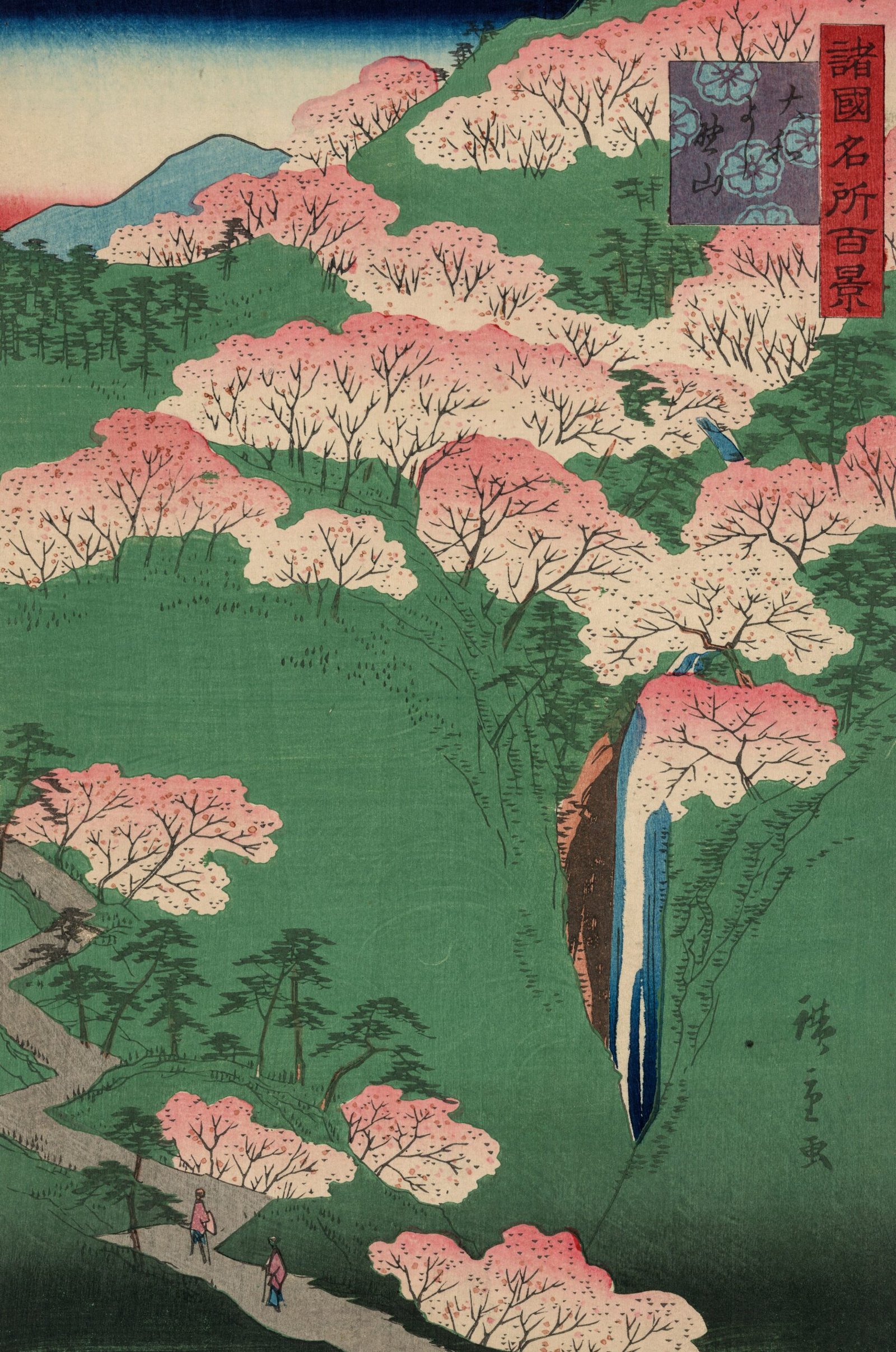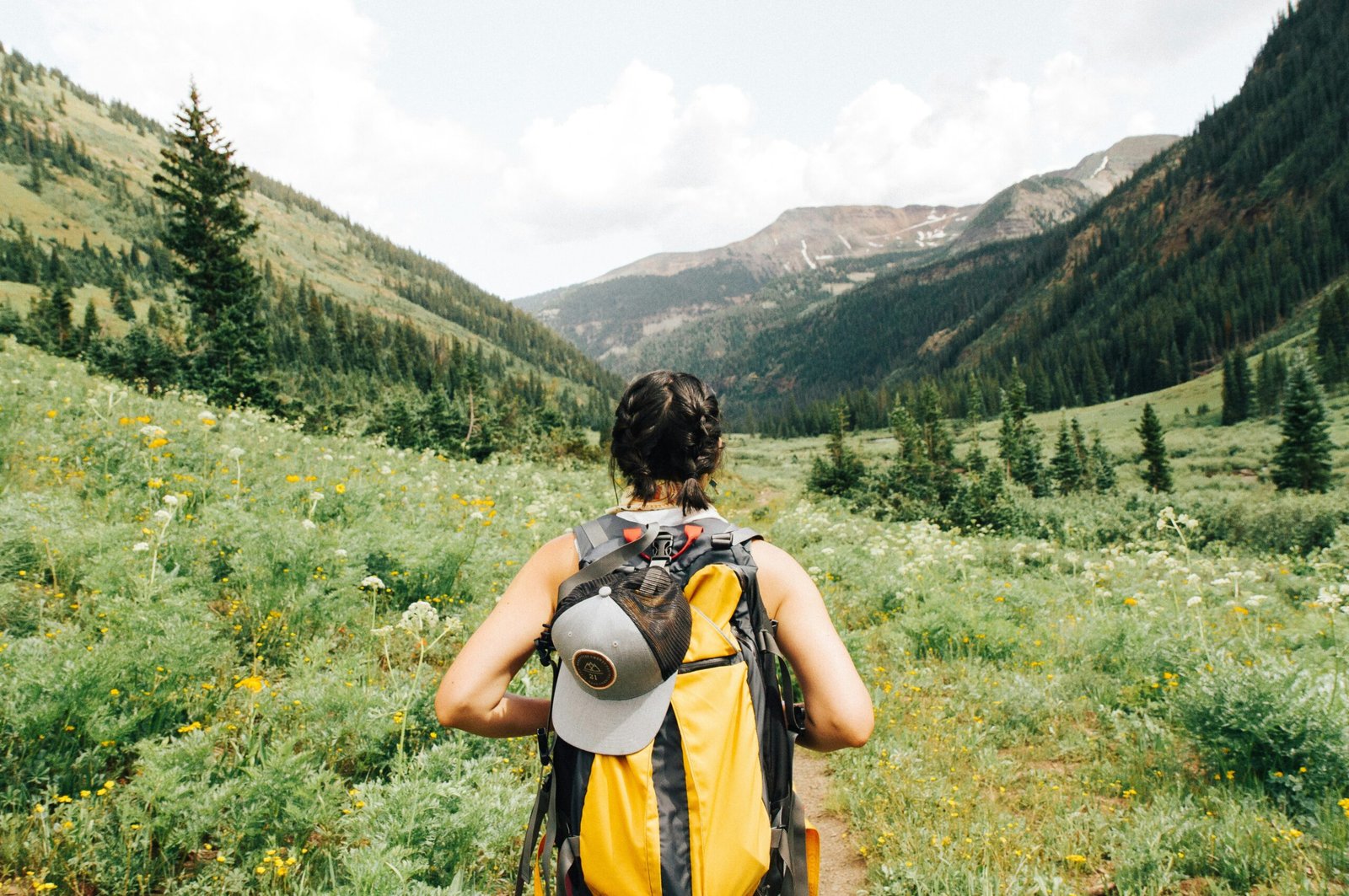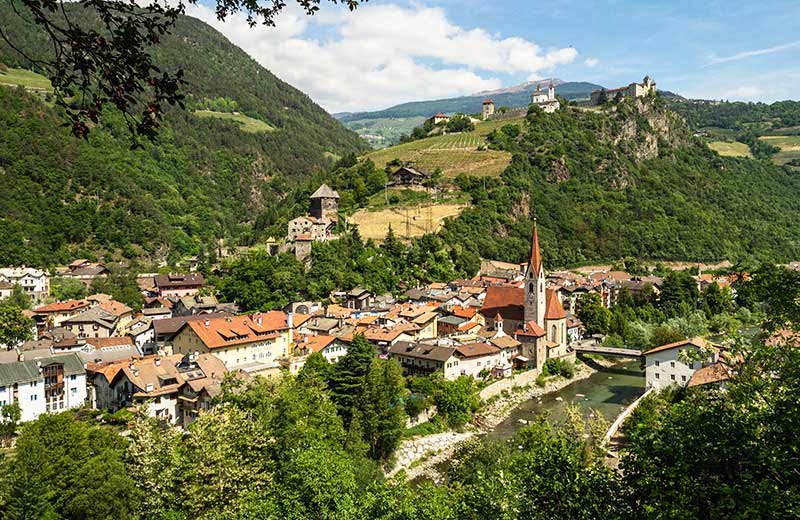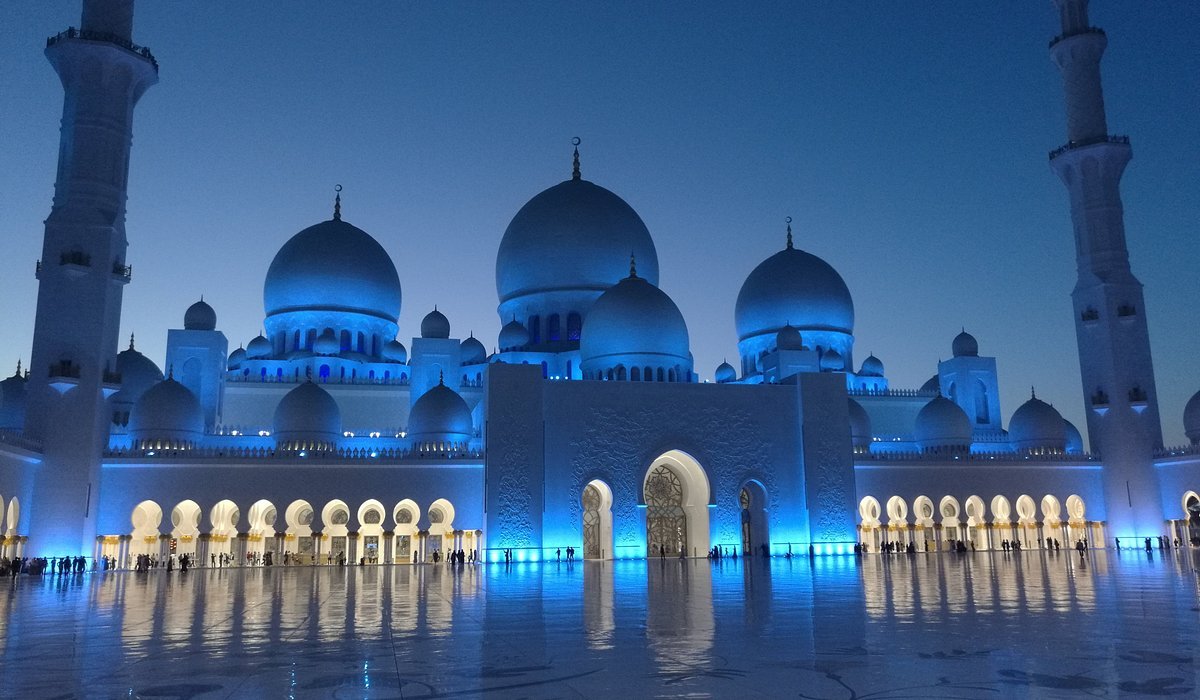Introduction to Thailand’s Hidden Waterfalls
Thailand is widely celebrated for its stunning natural beauty, and among its myriad attractions, the country’s waterfalls stand out as highlights of the landscape. While many tourists flock to the well-known cascades, such as Erawan or Huai Mae Khamin, there exists a treasure trove of offbeat waterfalls that offer a truly unique experience. These hidden gems, often less frequented by tourists, provide an opportunity to immerse oneself in nature while enjoying a more serene environment.
Offbeat waterfalls in Thailand are characterized by their remote locations, lush surroundings, and breathtaking vistas. Nestled away from the bustling tourist hotspots, these waterfalls invite visitors to discover a sense of tranquility that is often elusive at more popular sites. The allure of these natural wonders lies not only in their stunning aesthetic appeal but also in the adventures they present. From hiking through dense jungles to navigating rocky terrains, each waterfall promises an exciting journey, rewarding travelers with captivating sights and sounds.
The experiences offered by Thailand’s hidden waterfalls are distinct and enriching. With fewer crowds to contend with, visitors can relish the soothing sounds of cascading water, breathe in the fresh air filled with the scent of tropical foliage, and even delight in the opportunity for wildlife encounters. This connection to nature is heightened in offbeat locations, where one can appreciate the harmony and balance of the ecosystem. Whether exploring the pristine pools beneath the falls or simply savoring the views, these secluded spots allow for genuine moments of reflection and adventure.
In exploring Thailand’s offbeat waterfalls, travelers are encouraged to embrace the beauty of discovery. Each hidden waterfall has its own story etched in the landscape, waiting to be unraveled by those willing to venture off the beaten path.
The Natural Wonders of Thailand
Thailand, known for its rich cultural heritage and vibrant cities, is also home to an extraordinary array of natural wonders that captivate the hearts of nature enthusiasts and adventurers. This Southeast Asian country boasts a diverse ecosystem characterized by lush jungles, rugged mountains, and pristine coastlines, which together create a stunning backdrop for its numerous offbeat waterfalls. These spectacular cascades are more than just picturesque sights; they play a crucial role in supporting Thailand’s biodiversity and ecological balance.
The varied landscapes found throughout Thailand are the result of its unique geographical features, from the northern highlands, where the Mekong River traverses deep valleys, to the southern regions adorned with limestone cliffs. This diversity fosters a rich variety of flora and fauna, contributing to its reputation as one of the most biodiverse countries in the world. The waterfalls scattered across this landscape provide vital habitats for numerous plant species, insects, and wildlife, showcasing nature’s intricate interconnections.
Waterfalls in Thailand are often set within national parks and reserved areas, promoting conservation as they draw both local and international visitors. Adventure seekers and nature lovers flock to these undiscovered gems for hiking, swimming, and exploring the surrounding ecosystems. Many of the offbeat waterfalls, such as those found in secluded locations like Erawan National Park or the Huay Mae Kamin Waterfall, reveal hidden pools where visitors can immerse themselves in a tranquil oasis, enriching their experience of the natural world.
The allure of Thailand’s waterfalls extends beyond their beauty, serving as reminders of the importance of conservation and the need to preserve these natural wonders for future generations. Through exploring these falls, visitors not only experience the breathtaking landscapes but also gain a deeper appreciation for the ecological wealth that Thailand possesses.
Top Offbeat Waterfalls in Northern Thailand
Northern Thailand is home to many hidden treasures, among which the offbeat waterfalls offer a unique experience for travelers seeking serenity and natural beauty. One such destination is the Huay Kaew Waterfall, located near the city of Chiang Mai. Accessible via a short hike, this waterfall cascades down rocky cliffs into a serene pool, making it an ideal spot for a refreshing dip. The surrounding area boasts lush greenery and offers opportunities for nearby trekking trails, immersing visitors in the region’s rich biodiversity.
Another waterfall worth visiting is the Bua Thong Waterfall, famously known as the “sticky waterfall.” This unique natural feature allows visitors to climb its limestone cascades without slipping, thanks to the peculiar texture of the rocks. Bua Thong Waterfall is located around 30 kilometers from Chiang Mai, making it easily accessible. The vibrant surroundings, which include lush forest landscapes, create a picturesque backdrop for those looking to relax or capture stunning photographs.
For travelers willing to venture further, the Nam Tok Mae Surin presents another offbeat experience. Situated in the Doi Mae Surin National Park, this waterfall is renowned for its remote location and tranquil atmosphere. The journey to the waterfall consists of a moderately challenging trek, but the breathtaking view at the end is worth the effort. The surrounding park encompasses diverse flora and fauna, and visitors can enjoy various outdoor activities, including bird watching and nature walks.
Each of these offbeat waterfalls in Northern Thailand not only offers stunning vistas but also provides unique recreational opportunities for those looking to escape the crowds. With their accessibility and enchanting surroundings, they are perfect stops for any adventurer exploring this beautiful region.
Discovering the Hidden Gems of Central Thailand
Central Thailand is home to some remarkable waterfalls that stand out as hidden gems, attracting both local and international visitors seeking natural beauty and tranquility. Two of the most noteworthy among these are the Erawan Waterfall and the Sai Yok Waterfall, each offering a unique experience while being surrounded by lush greenery and fascinating wildlife.
The Erawan Waterfall, located within Erawan National Park in Kanchanaburi, is renowned for its stunning seven-tiered cascades. Each tier features crystal-clear pools that are perfect for swimming, creating a serene refuge away from the hustle and bustle of daily life. The vibrant turquoise water is complemented by natural rock formations, making it an ideal spot for photography enthusiasts. To fully appreciate the beauty of the waterfall, visitors are encouraged to embark on a short hike along the designated trails, which not only lead to the higher tiers but also provide opportunities to witness various flora and fauna native to the region.
Sai Yok Waterfall, situated nearby, is another captivating site that deserves recognition. This waterfall is part of the Sai Yok National Park and is characterized by its scenic environment, including breathtaking views of limestone cliffs and surrounding forests. Unlike Erawan, Sai Yok Waterfall offers a more tranquil atmosphere, allowing visitors to bask in nature’s serenity. The area is also home to the historic Sai Yok Noi railway station, enhancing the overall experience with an opportunity to explore the rich history of Thailand’s railway system.
To navigate these captivating locations, it is advisable to plan your visit during the cooler months from November to February, when the weather is pleasant. Additionally, securing a local guide can enrich your experience, helping you uncover the area’s hidden spots and promoting eco-conscious practices to preserve these beautiful sites.
Adventuring to Southern Thailand’s Secluded Waterfalls
Southern Thailand, renowned for its picturesque beaches, is also home to some of the country’s most enchanting offbeat waterfalls. Among these hidden gems, the waterfalls located within Khao Sok National Park stand out for their stunning beauty and ecological diversity. This ancient rainforest, often called the heart of Southern Thailand, provides the ideal backdrop for nature enthusiasts. The waterfalls here, such as the idyllic Bang Hua Rat Waterfall, are accessible through well-marked hiking trails, inviting adventurers to immerse themselves in the rich flora and fauna while embarking on their journey.
Among the prime activities at these secluded waterfalls, hiking is a popular choice, offering a chance to explore the vibrant ecosystem that surrounds these natural wonders. The trails vary in difficulty, making them suitable for both casual walkers and seasoned trekkers. Many visitors also take advantage of the opportunity to swim in the refreshing pools that gather at the base of the waterfalls, providing a perfect escape from the tropical heat. The serenity of these sites creates an idyllic atmosphere for wildlife watching, as various species, including monkeys, birds, and exotic insects, add to the allure of the area.
In proximity to these picturesque waterfalls, accommodations are available to cater to various preferences and budgets. Eco-lodges, guesthouses, and camping sites can be found, facilitating extended stays for those who wish to fully absorb the stunning surroundings. Similar experiences can be found around Koh Tao, where waterfalls like the tranquil Tanote Waterfall provide visitors with serene spots to relax and enjoy nature’s splendor. Visitors can engage in snorkeling or diving nearby, adding to the adventure of exploring these lesser-known waterfalls.
Best Times to Visit Thailand’s Waterfalls
Thailand is renowned for its picturesque waterfalls that serve as striking natural attractions, drawing travelers from around the globe. Understanding the optimal times to visit these locations is essential for maximizing your experience. The timing of your visit significantly influences not only the visual appeal of the waterfalls but also the conditions for activities such as swimming and photography.
The climate in Thailand is generally divided into three main seasons: the dry season, the rainy season, and the cool season. The dry season, spanning from November to February, is considered the ideal time for waterfall visits. During these months, water levels are typically manageable, allowing visitors to explore the falls without the risk of torrential downpours. Furthermore, this period features clear skies and moderate temperatures, enhancing the appeal for photography enthusiasts. The stunning contrasts of the emerald water against the lush green surroundings can be captured beautifully in this season.
The rainy season, occurring from May to October, witnesses heavy rainfall and is characterized by swollen rivers and enhanced waterfall flow. While this season may provide breathtaking views and a more dramatic presentation of the waterfalls, it is not without challenges. Travelers should be cautious of slippery paths and strong currents, particularly in areas conducive to swimming. It is advisable to consult local weather reports and seek guidance from tour operators before planning a trip during these months.
It is also noteworthy that the transition periods between seasons, particularly late April and October, can serve as alternative options for visiting waterfalls. Water levels are usually elevated enough to create an alluring spectacle, while not reaching the extremes of the peak rainy season. Timing your visit accordingly can greatly influence the overall experience of Thailand’s enchanting waterfalls.
Tips for Exploring Offbeat Waterfalls
When embarking on an adventure to explore the offbeat waterfalls of Thailand, preparation is key to ensuring a rewarding experience. To begin with, it is advisable to invest in sturdy footwear. Hiking trails leading to these hidden gems can be rugged and slippery, calling for shoes that offer good grip and support. A pair of durable, waterproof shoes can make a significant difference in your comfort level during the hike.
In addition to appropriate footwear, carrying essential gear is crucial. A well-stocked daypack should include items such as a reusable water bottle, snacks, sunscreen, and a first-aid kit. Staying hydrated is vital, especially in the tropical climate of Thailand, where temperatures can soar. Consider bringing a lightweight, portable water filter to ensure access to clean drinking water along your journey.
Safety is another paramount concern when visiting offbeat waterfalls. Always inform someone about your plans, including your intended route and estimated return time. This precaution is particularly important when exploring less-traveled areas, as help may be difficult to find. Furthermore, keep an eye on changing weather conditions, as rain can lead to slippery trails or flash floods.
Respecting the natural environment is vital while enjoying Thailand’s hidden waterfalls. Adopting responsible tourism practices enhances the conservation of these pristine locations. Stay on designated trails to minimize ecological impact, and avoid littering. It is essential to leave no trace, ensuring that the beauty of these waterfalls remains intact for future visitors. When swimming or playing near the waterfalls, be mindful of the local wildlife and flora.
Overall, blending thoughtful preparation with an appreciation for nature will make your exploration of Thailand’s offbeat waterfalls both enjoyable and responsible. By following these tips, travelers can create memories while ensuring these breathtaking locations are preserved for generations to come.
Cultural Significance of Waterfalls in Thailand
Waterfalls in Thailand hold immense cultural significance, often celebrated in local traditions and spiritual practices. These natural wonders are not merely scenic attractions but are deeply interwoven with the community’s identity and heritage. Many Thai waterfalls are steeped in local legends that narrate tales of deities, mythical creatures, and ancient heroes. Such stories not only enhance the waterfalls’ allure but also serve to instill a sense of reverence and connection to the natural world among the locals.
In several regions of Thailand, communities initiate festivals that honor these remarkable landmarks. For instance, during the rainy season, when waterfalls are at their most majestic, towns may organize festivals that include rituals, dances, and artistic performances. These celebrations often pay tribute to the water’s life-giving properties, recognizing its essential role in agriculture and daily sustenance. Such events strengthen community ties and foster a collective identity centered around the shared environment, reminding participants of their interconnectedness with nature.
Moreover, the waterfalls themselves often serve as sacred sites for meditation and spiritual reflection, drawing individuals seeking peace and tranquility. The sound of cascading water, the lush greenery surrounding the falls, and the captivating scenery create an ideal setting for introspection. Monks and spiritual practitioners frequently visit these places, emphasizing the belief that waterfalls possess a spiritual energy that can promote healing and clarity of mind.
The integration of waterfalls into local lifestyles is further illustrated through their presence in traditional art and literature. Artists and writers frequently draw inspiration from these natural phenomena, showcasing their significance as cultural symbols. Hence, waterfalls in Thailand extend beyond their physical presence; they embody a rich tapestry of history, belief, and community spirit, enhancing the regions in which they reside.
Conclusion: Embracing the Natural Beauty of Thailand
In recent years, the allure of offbeat waterfalls in Thailand has captivated many travelers seeking unique experiences beyond the usual tourist hotspots. These hidden gems offer not only stunning visuals but also a respite from the crowds, allowing visitors to immerse themselves fully in the serene beauty of nature. From the tranquil flows of Na Muang Waterfalls on Koh Samui to the mesmerizing cascades of Haew Suwat in Khao Yai National Park, each waterfall presents an opportunity for exploration and reflection.
While venturing into these lesser-known areas, it becomes crucial to recognize the significance of embracing sustainable travel practices. As more individuals seek to enjoy the pristine beauty of Thailand’s offbeat waterfalls, the preservation of these natural treasures must remain a primary focus. Simple actions, such as minimizing waste, staying on marked paths, and respecting the local environment, can contribute greatly to safeguarding these sites for future generations. By doing so, travelers not only foster a deeper connection with their surroundings but also support efforts to maintain the integrity of these delicate ecosystems.
Therefore, as you plan your next adventure, consider exploring the diverse waterfalls that Thailand has to offer. Each site promises a unique experience filled with tranquility and wonder, inviting you to break away from conventional travel routes. In embracing the natural beauty of these hidden waterfalls, you are also participating in a growing movement towards sustainable tourism, which values both enjoyment and the preservation of the breathtaking landscapes. Ultimately, making the choice to explore the paths less traveled will enrich your journey while ensuring that these magnificent locations endure for years to come.







